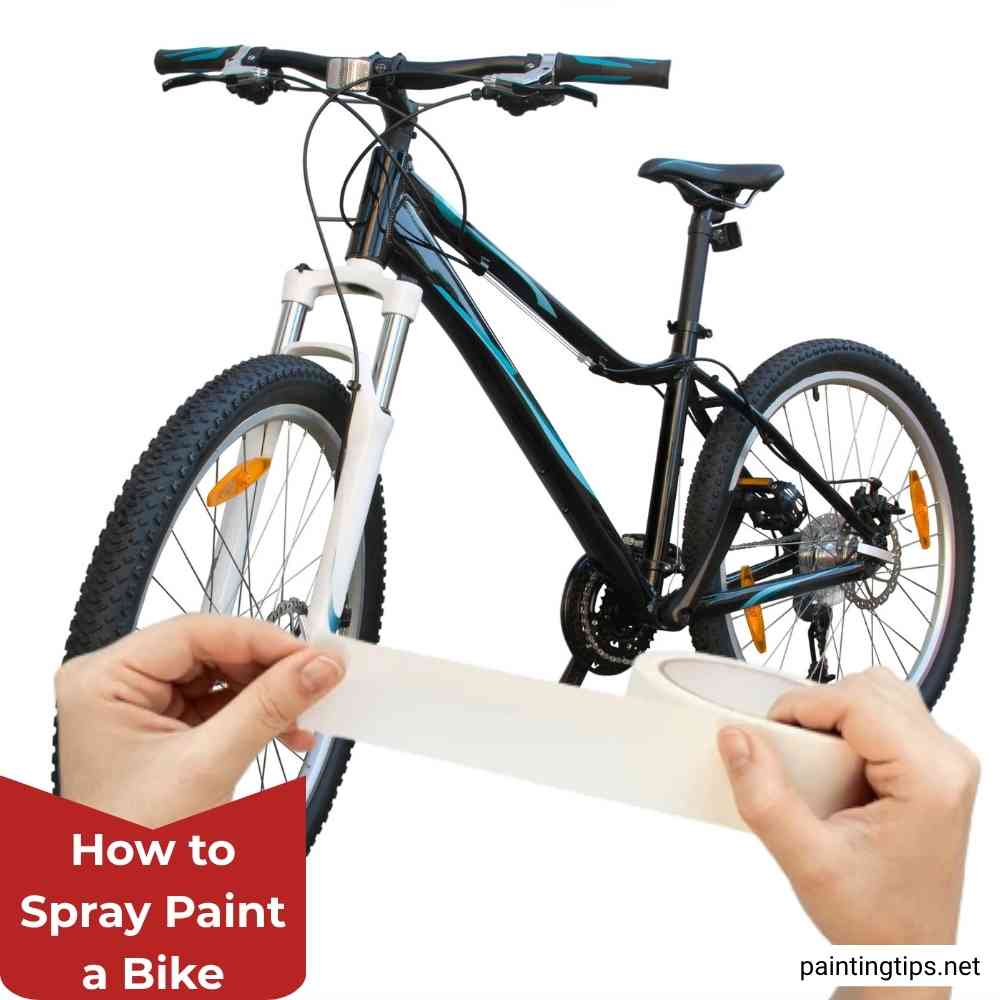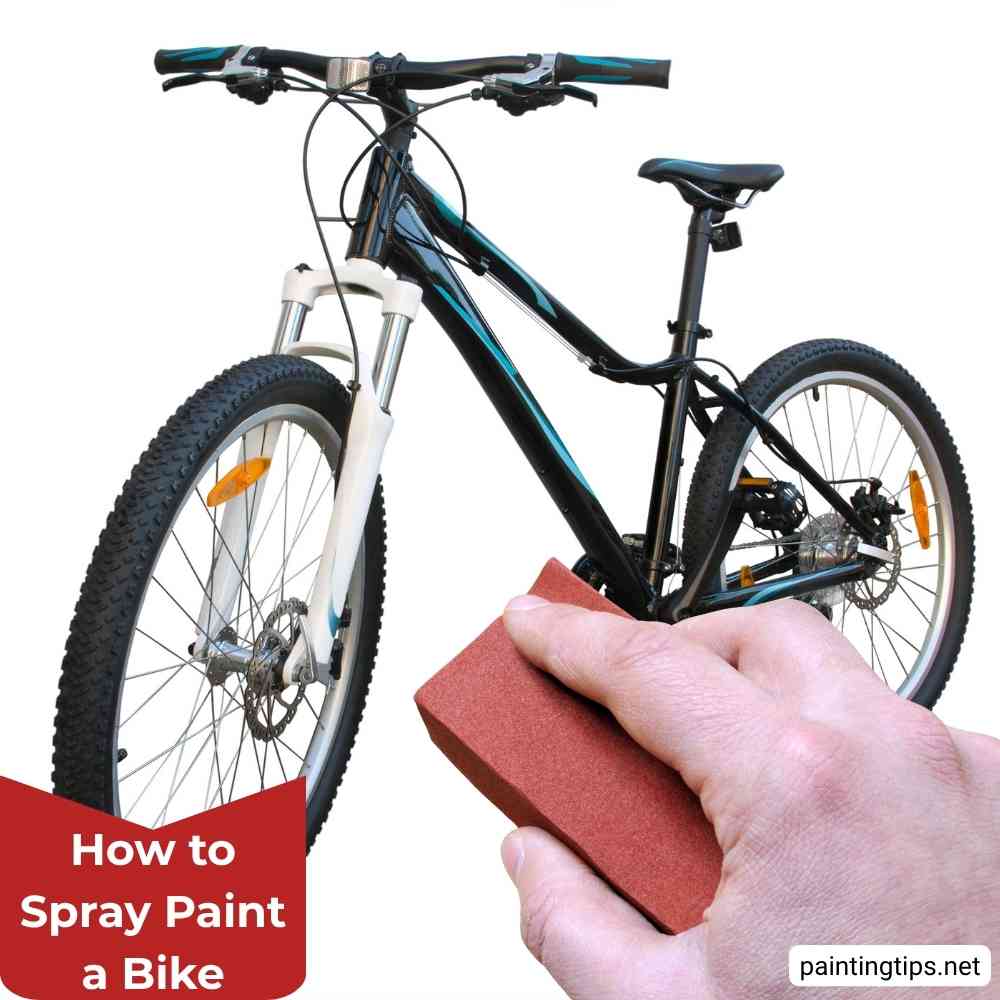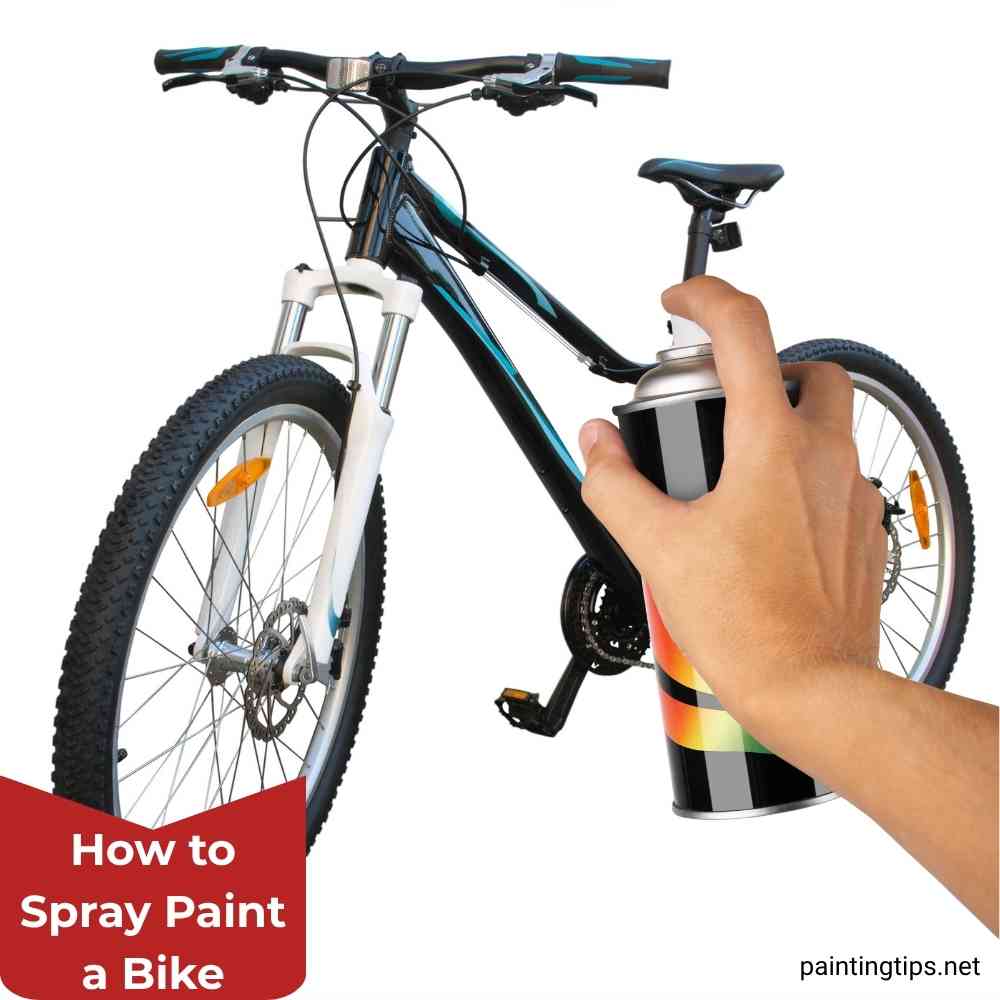Painting a bike is one of the easiest and most affordable ways to give it a fresh, custom look. Whether your frame is scratched, faded, or you just want to change its color, spray paint is a simple solution that delivers professional-looking results without expensive tools. With the right preparation, paint, and technique, you can transform your old bicycle into something that looks brand new.
How to Paint a Bicycle With Spray Paint

Spray paint is one of the most commonly used paints for bicycles because it dries quickly and provides smooth coverage. You can easily paint your bike with a general-purpose spray paint, but keep in mind that spray paint has a strong odor and spreads widely. For this reason, it’s best to work in a well-ventilated area such as a garage, or outside on a calm, wind-free day.
Since spray paint tends to spread, it’s a good idea to disassemble your bike as much as possible. Remove the seat, handlebars, and even the wheels if you can. This makes it easier to reach every surface evenly and prevents overspray from landing on unwanted areas like plastic parts, cables, or the chain. If disassembling feels too complicated, you can simply protect these areas using painter’s tape.
What Kind of Spray Paint to Use on a Bike Frame?
For the best results, choose an enamel or acrylic enamel spray paint that is designed for metal surfaces. These paints provide a durable, chip-resistant finish that can handle outdoor conditions. If you want extra protection, look for spray paints labeled as automotive spray paint since they are formulated to withstand weather, UV rays, and regular wear. Always pair the paint with a suitable primer and a clear topcoat to maximize durability and keep your bike looking fresh longer.
Steps to Paint a Bicycle With Spray Paint
Painting a bike with spray paint isn’t complicated, but it does require patience and the right technique. Taking the time to prepare your bike properly will make a huge difference in the final look and durability of the paint. Follow these steps carefully to achieve a smooth, professional-looking finish.
1-Clean and Degrease the Bike

Start by removing any stickers or decals from the frame. Wipe down the entire surface with a clean cloth to remove dirt, grease, and dust. A clean surface ensures that the paint adheres properly and lasts longer.
2-Masking and Protecting Non-Painted Areas

Proper masking is essential for achieving a clean, professional finish when spray painting your bike. While it might seem tedious, taking the time to mask correctly will save you significant cleanup work later and ensure better results.
Start with your seat by covering it completely with plastic sheeting or newspaper, securing it with painter’s tape around the base. If possible, removing the seat entirely makes the job much easier and provides better access to the frame.
Your wheels require careful attention during masking. Cover the entire tire with plastic bags or newspaper, ensuring complete coverage from sidewall to sidewall. Use painter’s tape to secure the covering where the tire meets the rim, creating a clean boundary. This prevents overspray from reaching the rubber and makes for easier cleanup.
The drivetrain components also need protection. Protect the chain by carefully wrapping it with plastic sheeting or foil, and use a small plastic covering over the derailleur, fastening it securely with tape. These components are particularly important to protect since paint can interfere with their smooth operation.
When it comes to tape selection, invest in quality painter’s tape rather than regular masking tape. It adheres better, provides cleaner lines, and removes without leaving residue. Apply the tape firmly and press down the edges to prevent paint from bleeding underneath. Taking extra time with your masking preparation will result in a much more professional-looking paint job and save you hours of tedious cleanup work.
3-Sand or Apply Primer

For the best results, lightly sand the bike frame or apply a primer. This step helps the new paint grip the surface better. If the old paint is still in good shape and not peeling, a light sanding with 180-grit sandpaper (metal, sponge, or paper type) is usually enough. The goal is not to remove all the old paint but to roughen the glossy finish so the new paint can stick.
After sanding, wipe the frame with a damp or dry cloth to remove all sanding dust. Check carefully for any shiny areas and sand again if necessary.
4-Apply a Thin Coat of Primer
Hold the spray can about 10–12 inches (25–30 cm) away from the frame and apply a thin, even coat of primer. A general-purpose spray primer works well. Allow at least 30 minutes for the primer to dry—longer if the weather is cold or if you applied too heavily. For best results, wait at least an hour before moving on.
5-Apply the First Coat of Paint

Once the primer is fully dry, spray the first coat of paint. Keep your hand moving at all times to avoid buildup and dripping. If you’ve never used spray paint before, practice on a piece of cardboard first. Thick spots or drips can ruin the finish and may require sanding and repainting.
6-Apply the Second Coat
Wait about 30 minutes, then apply the second coat. Again, maintain the same 10–12 inch distance and keep your strokes even. After the second coat dries, apply a layer of clear spray varnish (topcoat). This adds durability, makes the surface water-resistant, and helps prevent scratches.
Materials You’ll Need to Paint a Bike
- Clean, damp cloth
- 180-grit sandpaper (metal, sponge, or paper type)
- 1 can of spray primer
- 2 cans of spray paint
- 1 can of clear spray varnish (topcoat)
- Painter’s tape (if not disassembling the bike)
“If you accidentally overspray, don’t worry—check out our guide on How to Remove Spray Paint from Metal for easy solutions.”